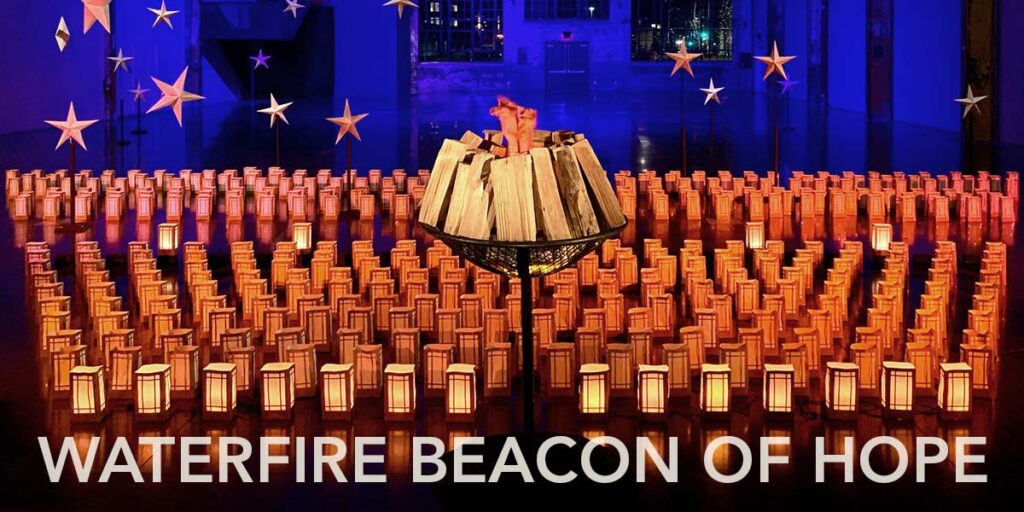
WaterFire Providence is pleased to present this guest post by Ashley Rappa written for Leadership Rhode Island’s Leadership, Virtually initiative.
What is the weight of a human soul? If you were to hold one in your hand, would it feel heavy with life lost, or would it seem to float, a wisp hovering just above your fingers?
Barnaby Evans, a 1995 alumnus of Leadership Rhode Island and the celebrated executive artistic director behind Providence’s WaterFire, has held hundreds of souls in his hands in the past few weeks, each of them Rhode Islanders taken by COVID-19.
In a new WaterFire art installation entitled Beacon of Hope, a nightly ceremony celebrates and commemorates the lives lost in the state, as luminaria are displayed in an otherwise pitch black industrial room, one set out for every person who has passed away from the pandemic. At 8:30 p.m., he ignites their wicks. The beauty is striking — lost lives illuminated against a stark background, the pandemic punctuated, a lone brazier shining at the center.
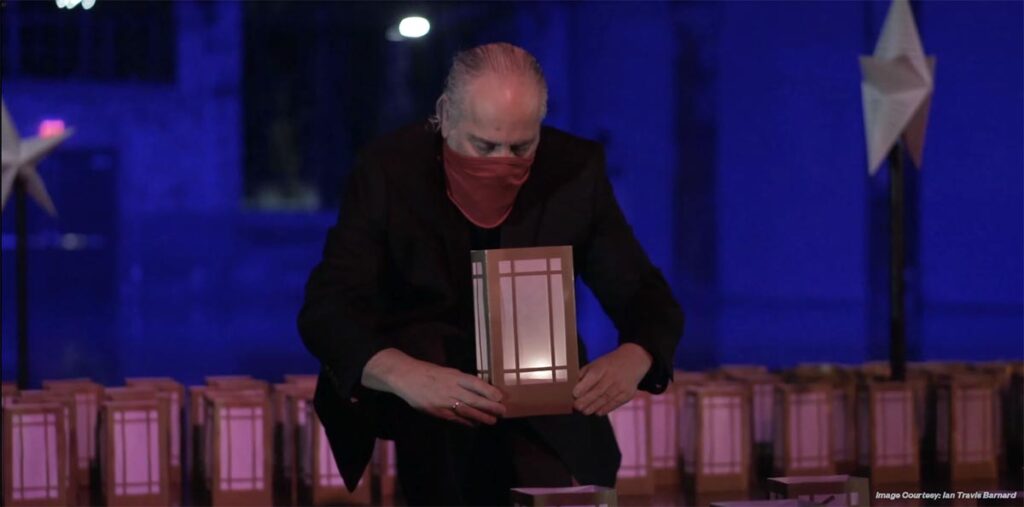
It is then placed on a pedestal with care by Barnaby Evans.
As of May 10, the death toll in Rhode Island reached 422. As that figure grows daily, what began as something that resembled scattered embers, light studding the darkness, is now more akin to a blaze.
Each soul is encased in a gridded shroud of paper that encompasses two candles, one lit for the mind and one for the heart. In a ceremony that can last more than an hour, Evans, with measured liturgical steps, sets the luminaria out to join the sea of others, delicately straightening the wrapping’s creases, synching his motions to music that echoes through the cavernous space at WaterFire Arts Center. As he places each luminaria on a pedestal, Evans cradles the lights gently with sure palms and widespread fingers. Though they are symbolic representations, he considers the lives within each one — who taught them, who helped them, who loved them, and who is now left to mourn them.
Evans wears no cowl and carries no tome, but in an age of universal isolation, he leads what is likely the only statewide ritual in the country for those being laid to rest from COVID-19.
“Ritual is a way that a community both expresses and reaffirms what it values. During the pandemic, so many of the rites we have from all our cultures are so intimate that they’ve had to be suppressed,” says Evans. “As I perform this ceremony, I am conscious that in my hand I am holding a representation of a Rhode Islander many people would hold dear. Allowing families to come together in the embrace of the entire community as they make this momentous goodbye to someone was very important to us.”
COVID-19 has disrupted life as we know it, and ritual has been one of the biggest casualties. As we self isolate to slow the spread, all manner of ways to mark life’s moments have ground to a halt. Instead of raising glasses and gathering together, we have birthday Zooms, church services with five people or fewer, and drive-by graduations. But for the families and friends of the 422 souls who have passed away from COVID-19, many of them forced to die alone, coming together is critical to healing.
“We’ve done many funerals for people at WaterFire because art looks at the full range of the human experience — sorrow and sadness and loss, as well as joy and happiness and celebration. When we lose someone, we are so full of the realization of all the connections we didn’t make,” says Evans. “Beacon of Hope is about building those connections. It’s important for us as individuals and as a society to figure out how to add meaning to this tragedy.”
Evans, who began WaterFire on New Year’s Eve of 1994 in honor of the 10-year anniversary of First Night Providence, has built his career using art as a transformative experience. He describes the beloved Rhode Island tradition as a “civic ritual of renewal” akin to a phoenix rising from the ashes, which allows participants to see their city and community in a new light.
Jane Nugent, project advisor at Leadership Rhode Island and one of Evans’ 1995 LRI classmates, recalls the first-ever WaterFire held on the Providence River.
“It was cold and haunting in the midst of winter. The effect of the braziers was mesmerizing. It was like nothing we had ever seen before,” Nugent says, “With Barnaby, every aspect of the ritual had meaning… one brazier could be the receptacle of all we didn’t want to keep from 1994, and another could be for launching hopes and dreams for 1995.”
For the past nine years that symbolism has been woven into each Leadership Rhode Island class’s overnight retreat, ending the first night together by standing in a circle with torches held high, each participant pledging to do something to bring light into the darkness. With Evans at the helm, It is an inauguration, a cementing of the collective in anticipation of the 10 months of learning experiences ahead. Whether on that smaller scale, or for the tens of thousands who flock to downtown to soak in the synesthetic community event, WaterFire uses art to strengthen people and the ties that bind them.
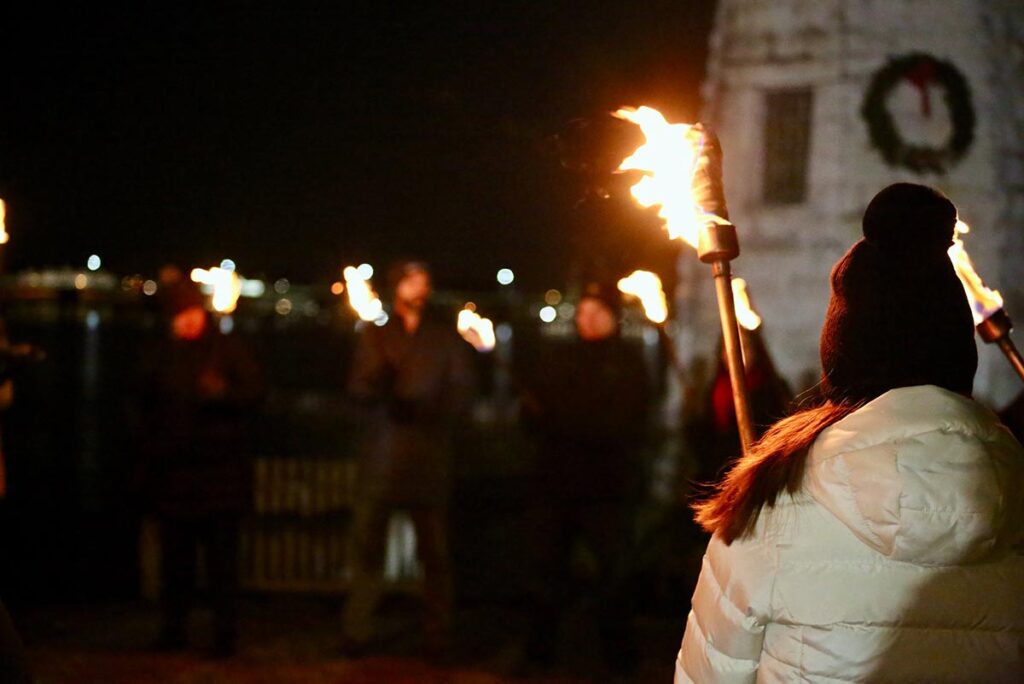
“There’s that famous quote by Pablo Picasso, which is what art does is it blows away the dust that settles on everyday life. That’s what artists do. They respond to the situation and make meaning, and we build community in the process,” says Evans.
Beacon of Hope is live streamed 24/7 from WaterFire’s website, the continuous broadcast an ode to the ever present effects the pandemic has on all our lives. Evans often conducts the 8;30 p.m. ritual alone, lighting and carrying a luminaria for each person whose death was recorded that day, ranging from as few as seven to as many as 24. He has recently begun to welcome other artists into the mix. Last week, two dancers from Festival Ballet Providence, Katherine Bickford and Dara Nicole, joined the evening, performing a hauntingly beautiful choreographed routine set to Often a Bird by composer Wim Mertens. He hopes it is the first of many such partnerships.
Grief, which has always been a collective endeavor, is reaching an unsettling and solitary zenith in COVID-19. The baked-in human need we all harbor to process life’s most profound moments speaks louder now than ever, yet has never been more difficult to access.
Whether secular or spiritual, the purpose of commemorating those who have passed is perhaps not solely meant to usher the dead into their next life, but to help the living transition to the next phase of theirs. It is a demarcation of before and after, a healing line drawn in the name of being able to move beyond.
What is the weight of a soul? They feel heavier than you’d think, for something that emits so much light. Yet as Evans holds crinkled paper in hand, the Beacon of Hope ceremony allows those watching across Rhode Island to be momentarily weightless, their grief lessened through experiencing it together. We are lifted out of the darkness as a community, not only by remembering those who died from COVID-19, but also by recognizing that where there is light, there is life. And where there is life, there is hope.
Leadership, Virtually is an initiative by Leadership Rhode Island to explore leadership in the time of the Coronavirus pandemic. Each week chronicles how leaders locally and nationally are bringing people together virtually to make connections and offer critical support. The series is produced by a team of LRI alumnae with expertise in journalism, communication, digital technology, and nonprofit excellence.
Where Beacon of Hope offers a new kind of observance that is easily accessible in the COVID-19 age, religious and community leaders are struggling with the limitations of offering traditional assistance and services in a virtual age. When faith often feels like one of the only viable strategies, how can these communities foster compassion and hope, especially when they cannot rely on ritual?
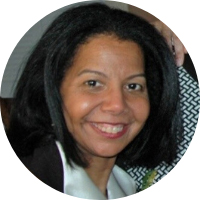
For Reverend Linda Watkins, 2009 graduate of LRI, of First Baptist Church in Pawtucket, it’s not about redirecting, rather it’s about reimagining. “We haven’t stopped doing what we normally do, but we have had to reinvent it. That’s meant offering Sunday services online, prayer gatherings via conference call, pastoral care through phone calls, and soon Bible Study through Zoom. We’ve moved our food pantry outside to the church parking lot where volunteers wear masks and gloves as they distribute bags of food and practice social distancing with visitors,” she said. “Funerals are much tougher, though. Last week, I officiated a graveside service for a 101-year-old woman who died of Covid-19 at her nursing home. Only five people could attend, including the funeral home staff. Still, God continues to make a way out when it seems like there is no way.”
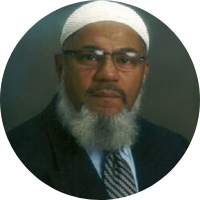
Imam Farid Ansari, LRI 2011, relies on the deep wisdom of the Quran. “There are standards which are described in the Quran that command us to be compassionate and motivated to help others, to tend to the physical, mental and emotional pains of one another. . . . To hope is to put one’s trust and faith in God is also part of Faith to expect that good will ultimately prevail over the vicissitudes of life.” To comply with social distancing rules, he says, regular religious services have been restricted to a handful of worshippers in the mosques, and nightly prayers has been suspended. The Friday prayer services are being done virtually and the nightly prayers during this month of Ramadan are also being done virtually.
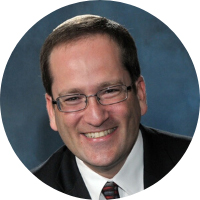
Rabbi Peter Stein, LRI 2011, now at Temple B’rith Kodesh in New York, is relying on multiple approaches to offer hope and solace to his congregation and to the broader community. First, he has focused on the power of community by offering worship and study sessions through Zoom. “There has been a real power to seeing faces and hearing voices.” He also has worked to develop personal connections by convening sessions for specific groups – doctors, nurses, teachers, college and high school students and those with loved ones in nursing homes. “The opportunity to talk openly with clergy has been important, and also the chance to connect in a supportive way with others enduring the same unique stresses has been powerful.” And, he has helped people dealing with life-cycle events, from the cancellation of a wedding to exploring how to use technology for a bat mitzvah. “Most significantly, this has been through my work with families facing a death (by) officiating funerals with significant restrictions in place, moderating group condolence calls online, and supporting families as they face the deep sadness of not being able to do what they so badly want to do in mourning and in honoring their deceased loved one.”
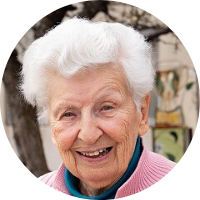
Sister Mary Reilly, a Sister of Mercy, who graduated from LRI in 1991, has faith that the universal effects of the pandemic will elicit the best in people. “The pandemic has opened us up to something bigger than ourselves. It has revealed the inequalities of our system and has challenged us to respond. We have seen examples of people of all ages responding in small and big ways to help. We have also seen examples of denial, the misuse of power, and violence. This is a time that I think of John Kennedy in his inaugural speech, when he said, ‘God’s work on earth is our work to do’ I pray that each one of us responds to that wisdom in oneself.”
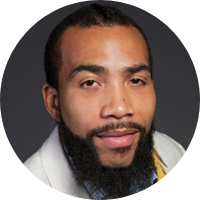
Chief Ray “Two Hawks” Watson, LRI 2015, looks to ancestral history to find hope for the future. “For the Mashapaug Nahaganset people, compassion and hope regularly come from honoring our history and traditions as the original inhabitants of these lands, and remembering that our ancestors overcame similar challenges in the past. We have a concept called ‘walking in two worlds’ which instructs us to move with the ever-changing present while simultaneously holding on to the cultural teachings and beliefs that our ancestors utilized to survive as the world changed around them. As the Principal Chief, I encourage my people to remember these elements, the experiences and [the] spirit of our ancestors, and to most of all rely on the Creator’s continuing goodness and protection. These are the ways that our ancestors survived the past and it is our duty to remain faithful and trust that as with those who came before us, the Creator will continue to watch over us in the here and now.”
This article was originally published on 5/11/20 on the LRI website.
About the author
I've worked at WaterFire Providence since 2003. For the first 9 years of my career, I worked in the Production Shop learning all of the details that go into the physical production of the event. In 2012 transitioned to the role of managing WaterFire's social media and web presence. I now head up WaterFire Providence's digital projects including, web, social, databases, and our physical IT infrastructure.


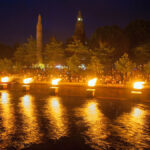

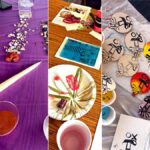
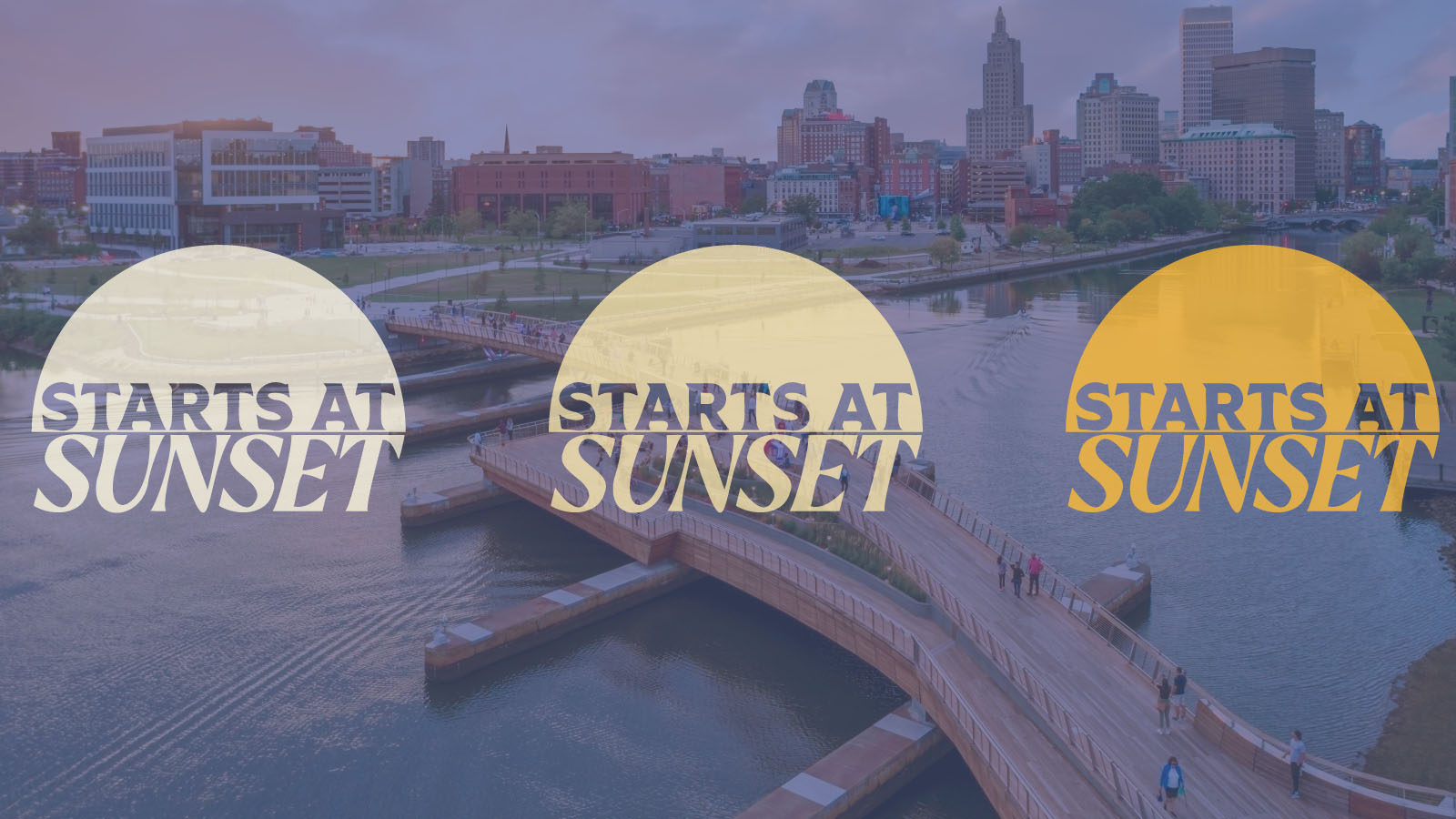
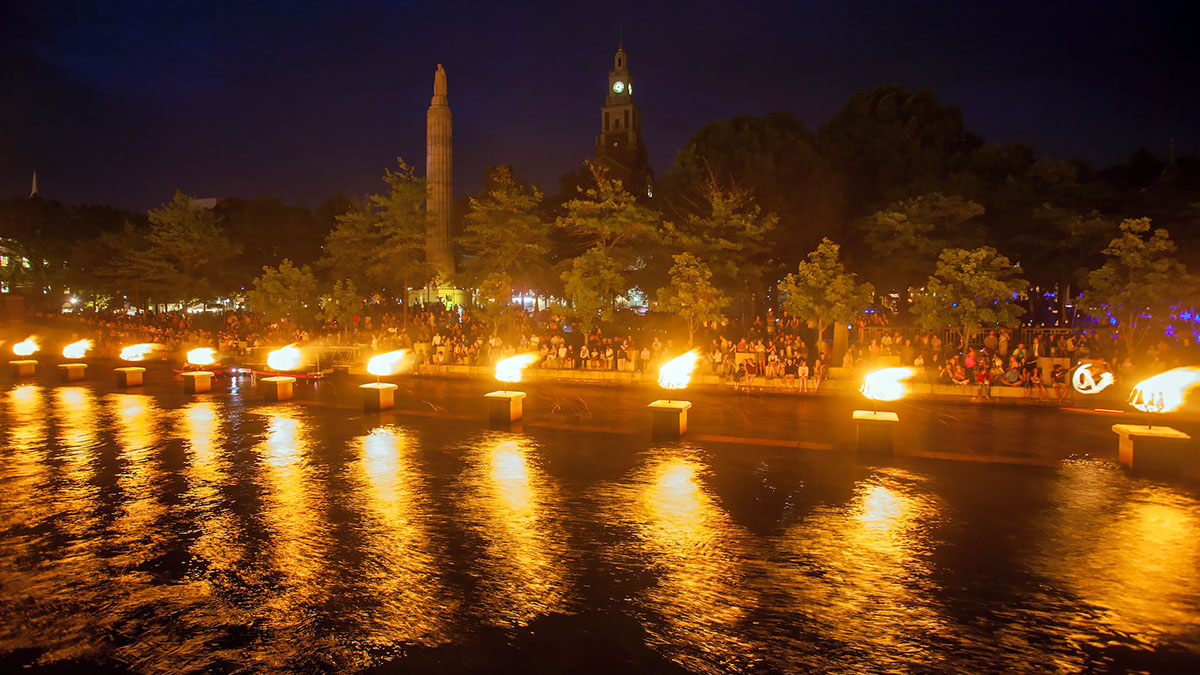
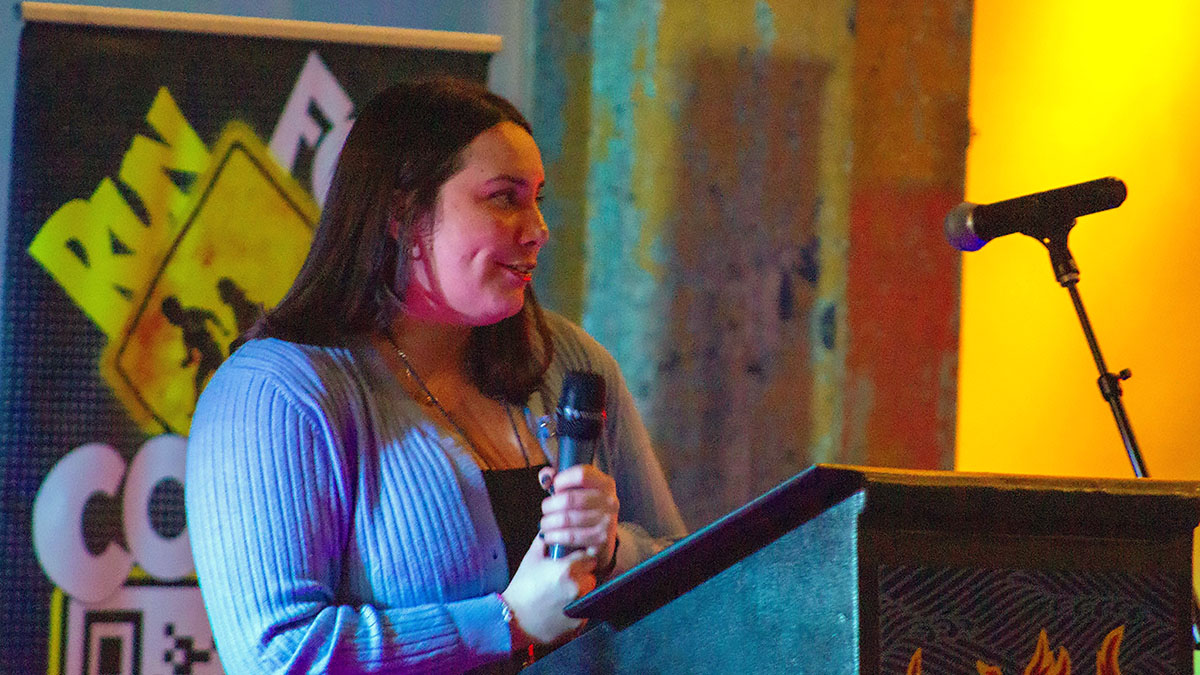
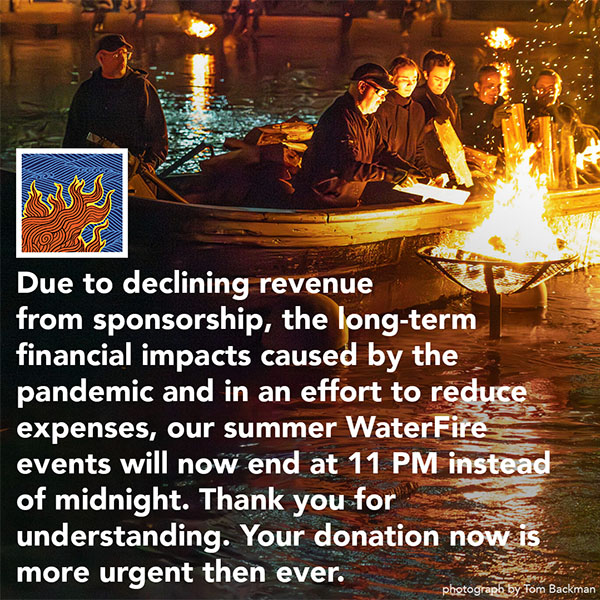
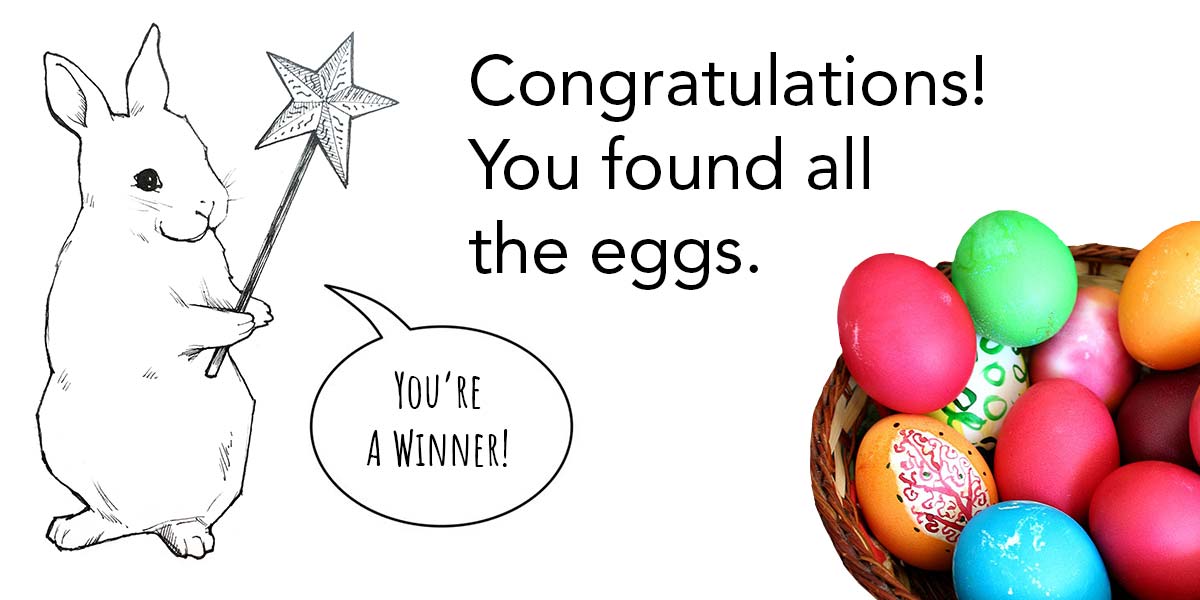








I remember Michael Grando as a young, hip and very funny actor at the University at Buffalo. It is so gratifying to see that his immense talent had created such soulful work and that he has touched so many lives in a meaningful way.
As a new subscriber, I look forward to future works of art from Michael and his colleagues.